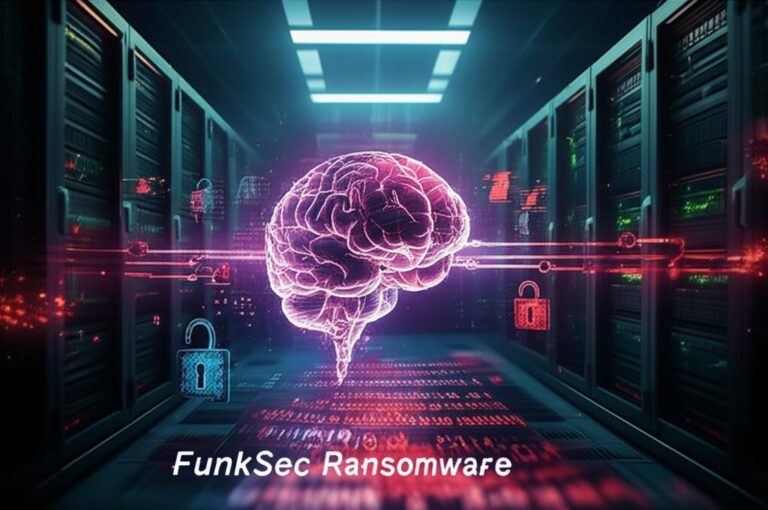Elevate Your SOC: 7 Proven Strategies to Boost Security Effectiveness
In today’s complex cyber landscape, a Security Operations Center (SOC) is the central nervous system of an organization’s defense. However, merely having a SOC isn’t enough; its effectiveness directly correlates with your overall security posture. An underperforming SOC can lead to missed threats, slow response times, and significant financial and reputational damage. This article delves into actionable strategies to supercharge your SOC’s capabilities and ensure it operates at peak efficiency.
Why SOC Effectiveness is Paramount
A highly effective SOC ensures rapid detection, thorough investigation, and swift remediation of cyber threats. It minimizes dwell time, reduces incident impact, and provides valuable insights into your security posture. Conversely, an ineffective SOC can be a costly drain, providing a false sense of security while critical threats slip through the cracks.
7 Proven Strategies to Boost Your SOC’s Effectiveness
1. Invest in Your People: Training, Staffing, and Culture
- Continuous Training & Skill Development: Cybersecurity threats evolve rapidly. Equip your analysts with the latest knowledge in threat hunting, incident response, cloud security, and new attack vectors. Certifications like SANS GIAC, OSCP, and CEH are invaluable.
- Optimal Staffing Levels & Shift Management: Burnout is a major issue in SOCs. Ensure adequate staffing to cover 24/7 operations without overworking your team. Implement sensible shift rotations and provide opportunities for rest and professional development.
- Foster a Culture of Collaboration & Knowledge Sharing: Encourage teamwork, peer reviews, and post-incident analysis. A collaborative environment reduces knowledge silos and improves collective problem-solving.
2. Streamline Your Processes: Playbooks, Automation, and Incident Response
- Develop Clear, Actionable Playbooks: Standardize responses for common incident types. Playbooks should detail steps for detection, analysis, containment, eradication, recovery, and post-incident review.
- Automate Repetitive Tasks with SOAR: Security Orchestration, Automation, and Response (SOAR) platforms can automate mundane tasks like enriching alerts, blocking malicious IPs, and initiating containment actions, freeing up analysts for complex investigations.
- Refine Incident Response Workflows: Regularly review and test your incident response plan. Conduct tabletop exercises and simulations to identify gaps and improve coordination between teams.
3. Optimize Your Technology Stack: SIEM, EDR, and Threat Intelligence
- Maximize Your SIEM Potential: Ensure your Security Information and Event Management (SIEM) system is properly tuned, receiving logs from critical assets, and generating high-fidelity alerts. Regularly review correlation rules and false positives.
- Deploy Advanced Detection & Response Tools: Implement Endpoint Detection and Response (EDR) and Network Detection and Response (NDR) solutions for deeper visibility and faster threat identification across your environment.
- Integrate Robust Threat Intelligence: Feed your SIEM and other security tools with up-to-date threat intelligence from reputable sources. This proactive approach helps identify known threats and emerging attack patterns before they impact your organization.
4. Embrace Metrics and Continuous Improvement
- Define Key Performance Indicators (KPIs): Track metrics such as Mean Time To Detect (MTTD), Mean Time To Respond (MTTR), False Positive Rate, Number of Incidents Handled, and Analyst Productivity.
- Regular Reporting & Feedback Loops: Provide regular reports to leadership on SOC performance and security posture. Use feedback from incidents and exercises to continuously refine your processes and tools.
- Conduct Post-Incident Reviews (PIRs): After every significant incident, conduct a PIR to understand what went well, what could be improved, and update playbooks or configurations accordingly.
5. Integrate Proactive Threat Hunting
Move beyond reactive alert monitoring. Implement dedicated threat hunting initiatives to proactively search for undetected threats within your network using hypotheses, threat intelligence, and advanced analytics. This helps uncover stealthy attacks that bypass traditional defenses.
6. Strengthen Collaboration and Communication
Your SOC doesn’t operate in a vacuum. Foster strong relationships with IT operations, application development, legal, and executive leadership. Clear communication channels are vital for efficient incident response and strategic alignment.
7. Prioritize Vulnerability Management
An effective SOC also partners closely with vulnerability management teams. By reducing the attack surface through regular patching and configuration hardening, the number of exploitable weaknesses decreases, lessening the burden on the SOC to detect and respond to attacks that leverage those vulnerabilities.
Conclusion: A Proactive and Resilient SOC
Improving SOC effectiveness is an ongoing journey that requires a holistic approach, focusing equally on people, processes, and technology. By implementing these strategies, your organization can build a more resilient, proactive, and efficient SOC capable of defending against the ever-evolving threat landscape. A well-oiled SOC is not just a cost center; it’s a strategic asset that protects your business and ensures continuity.







